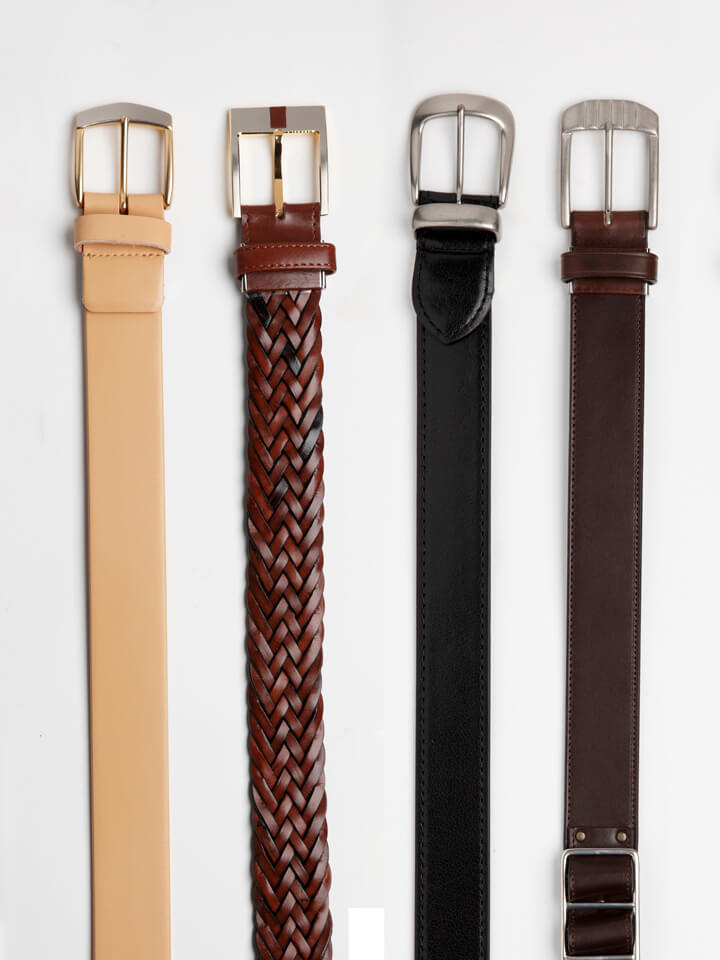
Knowledge: Mens' Belt
Men’s belt:Things you didn’t know about leather belts

For men, many people use a single leather belt for long periods of time. The quality becomes important in order to enjoy the unique aging of the leather while letting it adapt to your body shape. However, even though it is the most familiar item that you can spend a long time with, the knowledge we have about belts is surprisingly little. Here we introduce two major points.
A buckle is an important choice along with the color and material of the belt. Originally, the practical items that were attached to the armor were used by women as decorations, and they have had a great influence on the belt design. Here we introduce the characteristics of the mainstream types of men's belts.
Another part to look for in leather belts is the finish of the sewing. There are two large categories in terms of structure, the "one piece" finished with one piece of leather, which is a standard when matching with jeans etc., and "matching thing" where craftsmanship is utilized.
"Matching" has a core between the front leather and the back leather, and there are "gluing" using adhesive and "stitching" with sewing machines on both edges. Let's introduce sewing that has an attractive finished texture.